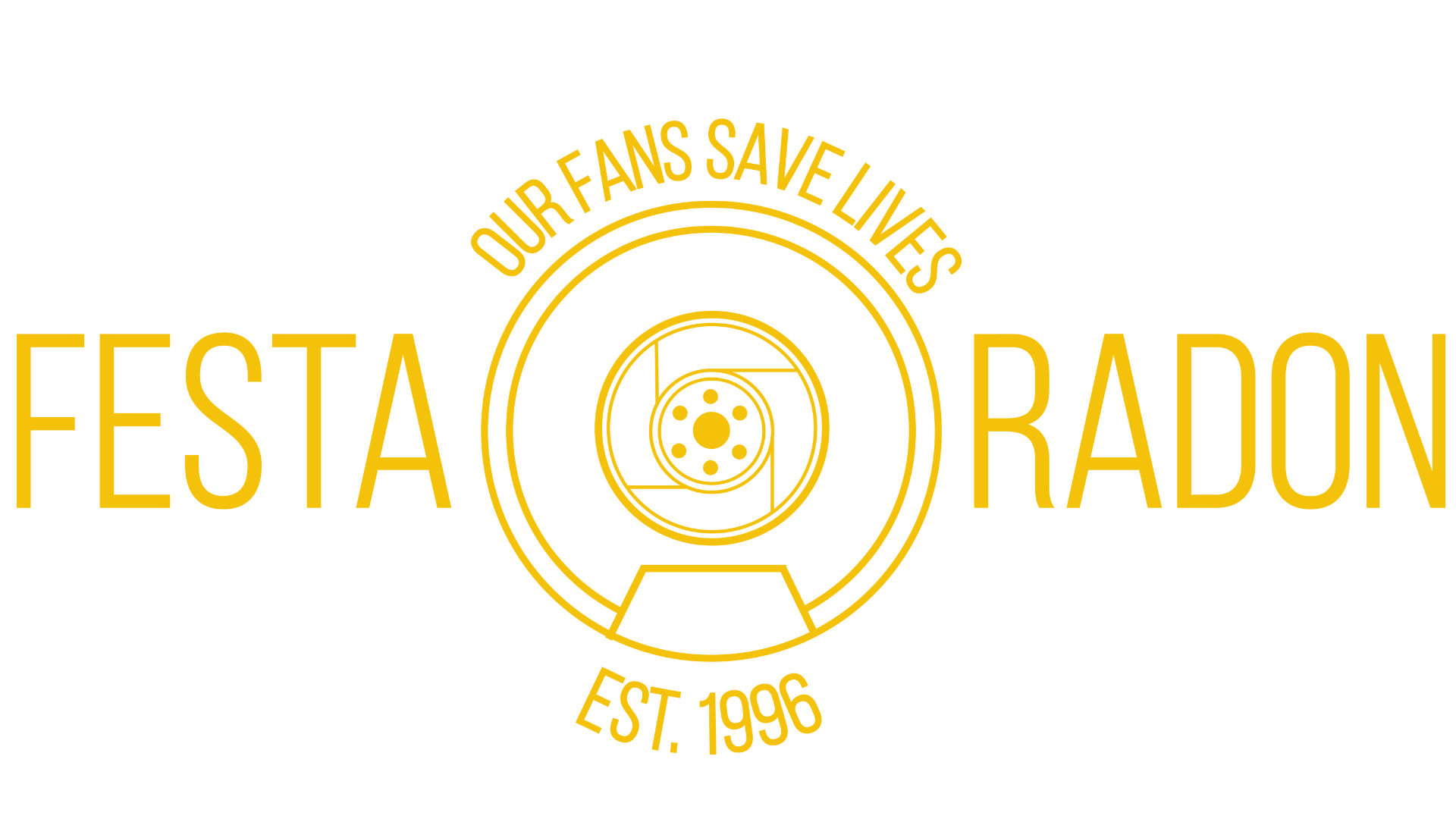
Testing for Radon
Why you should Test
Radon Testing is something that everyone is encouraged to do at least every two years. The reason for this is that Radon is a class A carcinogen and is the second leading cause of Lung Caner behind cigarette smoking and it is the number one cause of Lung Cancer in nonsmokers. It is also worth noting that it is believe that many that die from smoking induced lung cancer would not have if it weren’t for the combination of Radon and cigarette smoking. Second hand smoke falls far behind Radon in Lung Cancer deaths even though it is thought of more than Radon when discussing Lung Cancer. Second hand smoke causes slightly over 7,000 Lung Cancer deaths every year while Radon is estimated to cause over 21,000.
Testing Options
Radon Testing is very easy and can be performed by a homeowner, although most real estate transactions require that the Radon test be performed by a licensed professional. Do-it-yourself Radon Tests are actually very accurate. There are several types of Radon Tests that can be purchased by anyone and simple to use, such as a Charcoal Cannister test. Charcoal radon tests are generally placed in the home between 2 and 7 days. Another type of test that is performed the same way and for the same duration is a Liquid Scintillation Cylinder. Another great option is to purchase a consumer model, electronic continuous Radon monitor. There are several manufacturers, Safety Siren, Correntium, and EcoSense. These are devices that you plugin down in the lowest level of your home and they provide constant monitoring of your Radon levels, providing both short- and long-term measurements. The other great thing about these products is that they can be lent to friends and family members so that they can test for Radon as well. These typically cost between $150 and $180 while the passive testes like Charcoal Canisters and Liquid Scintillation Cylinders range from $15 to $25 and can be purchase at most hardware stores as well as Home Depot and Lowes. There are also long-term test kits called Alpha Tracks. These are placed in the home between 90 days to a year. They range from $50 to $100. It would always be advisable to do a short-term test before waiting and doing a long-term test. If you are more comfortable hiring a Radon Professional to perform your Radon Test the price will likely be between $150 and $250. Professional Radon Testers will most often us a professional model Continuous Radon Monitor while some still use Charcoal Cannisters or a device call an E-Perm. These are all equal in their accuracy. The benefit of the Continuous Radon Monitor is the fact that they are tamper resistant which can be useful in a real estate transaction.
Reading Results
Finally, what do your results mean? If your home tests a 4.0pCi/L or higher it should be fixed as that is about the Federal Action Level. If your home tests between 2.0pCi/L and 4.0pCi/L you should consider mitigating as there is risk at any level of Radon. Even if your home test below the action level, you are encouraged to test every two years as there can be changes in the geography or conditions beneath your home. If you make changes to the mechanicals of your home (Furnace/Air Conditioning) or if you put on an addition, you should also retest. This is the same if you finish your lower level and convert it to living space. If you test results are above the action level, strongly consider installing a radon mitigation system, but you are not alone. One in fifteen home has elevated Radon in the United States so it is very common. A Radon Mitigation or Remediation System generally consists of piping and a Radon Fan installed in the lowest level of the home that prevents Radon entry. Radon systems are very inexpensive to operate and are powered by energy efficient, low power consumption fans designed specifically for Radon. A system, in the vast majority of cases, can be installed in one day or less and costs between $1000 and $2500. Please test your home today. Your family’s health could depend on it.





